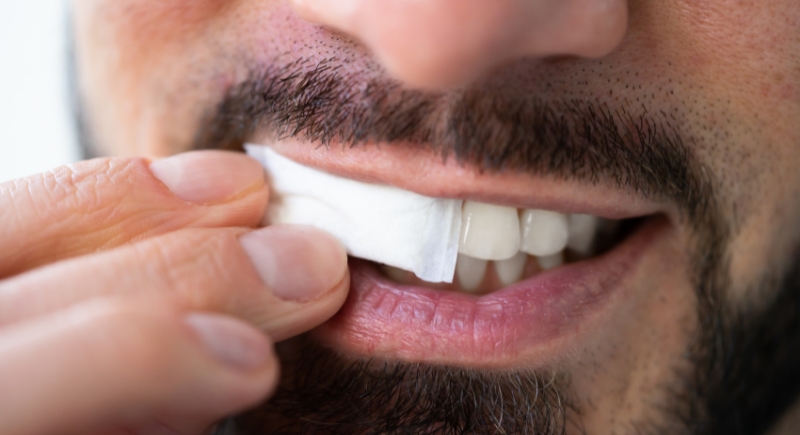Nicotine Pouches Are Trending With Adults, but Toddlers Keep Getting Into Them
Nicotine pouches are tiny white packets, about the size of a piece of gum, that adults slip between their lip and gum for a steady nicotine buzz. They don’t produce smoke or vapor and are sold in flavors that sound more like candy than an adult product: berry, citrus, coffee, peppermint. That’s part of the problem. While adults see them as a cleaner alternative to cigarettes, toddlers mistake them for treats, and the results can be dangerous.
A Steep Rise in Accidental Poisonings

Image via Canva/ภาพของBNMK 0819
Researchers at Nationwide Children’s Hospital reviewed more than 134,000 cases of kids under six exposed to nicotine between 2010 and 2023. They found that accidental ingestion of nicotine pouches rose by over 760% between 2020 and 2023. Most of these poisonings happened at home and involved children under two. The tins often resemble containers of mints, and their fruity, sweet scent makes them appealing to curious little ones.
The danger comes from how much nicotine is packed into each pouch. Just 1 to 2 milligrams is enough to cause nausea, vomiting, or tremors in a child, according to the National Library of Medicine. A single pouch can hold 3 to 12 milligrams, meaning one accidental swallow can easily lead to a hospital visit. In fact, studies show that pouch ingestion is 150% more likely to cause serious medical outcomes than other nicotine products, and kids are twice as likely to be hospitalized compared to exposures to gum or e-liquids.
A Growing Trend Among Teens and Adults
Nicotine pouches first appeared on US shelves in 2014, and their popularity has been steadily increasing. The Centers for Disease Control and Prevention found that use among middle and high school students doubled between 2021 and 2024, though it still sits under 2%. Among adults, only about 0.5% of Americans use pouches, compared to 9% who smoke cigarettes and 3% who vape. While the numbers are small, sales are climbing, and the products have quickly become the second most-used nicotine item among young people.
Marketing plays a big role. Zyn, the most popular brand, has pushed its products through social media with so-called “Zynfluencers.” Other brands, such as Rogue, VELO, Lucy, and On!, offer similar flavored tins, typically containing 15 to 20 pouches each.
The Food and Drug Administration authorized the sale of ten Zyn flavors in 2024, citing lower health risks compared to cigarettes or other forms of tobacco. Still, experts warn that the candy-like flavors and discreet design make them appealing to children and teenagers.
How They Work and Why They’re Risky

Image via Getty Images/AndreyPopov
Unlike cigarettes or chewing tobacco, nicotine pouches don’t contain the tobacco leaf. Instead, they deliver nicotine along with sweeteners and flavorings. Adults usually tuck them in the mouth for 15 to 45 minutes, while letting nicotine absorb into the bloodstream through the cheek and gums. Some of it may also enter the body when swallowed.
Nicotine itself isn’t harmless. For adults, it can raise blood pressure, increase heart rate, and irritate the stomach. For kids and teens, the risks run deeper. Nicotine can alter brain development via increased impulsivity and a greater chance of long-term addiction. Adolescents often feel a buzz or “head rush” at first, but once the body adjusts, the cycle shifts to dependency, where withdrawal symptoms kick in until the next dose.
Protecting Children at Home
Most poisonings are preventable. Experts recommend keeping all nicotine products in locked containers, avoiding use around kids, and making sure babysitters and family members do the same. Although Philip Morris International, which owns Zyn, claims the tins are child-resistant, researchers argue that a toddler can easily open them.
If a child ingests a pouch, caregivers should immediately call Poison Control at 1-800-222-1222. Staff there can guide parents through the following steps based on symptoms and advise if emergency treatment is necessary. Public health advocates are pushing for stricter rules on packaging and flavor bans to reduce risks. Until then, adults have to treat nicotine pouches the same way they would any household hazard: out of sight and out of reach.